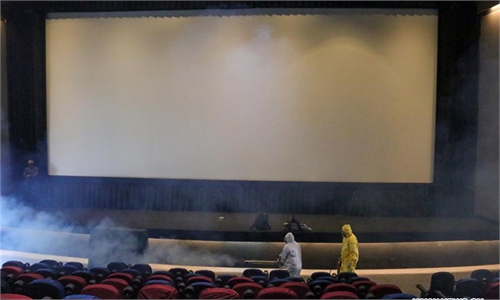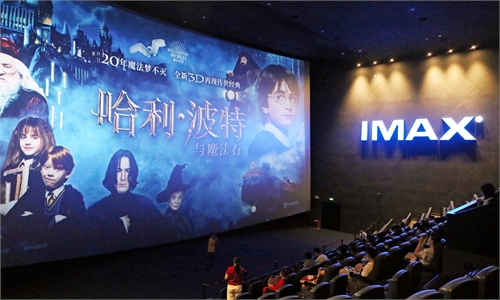ARTS / FILM
Infographic: Chinese war epic 'The Eight Hundred' revitalizes box office, sign of hope for global industry
Infographic: Chinese war epic ‘The Eight Hundred’ revitalizes box office, sign of hope for global industry

Background of Sihang Warehouse
The defense of Sihang Warehouse came after the Chinese army lost the district of Zhabei in Shanghai. These 452 soldiers, known as the Eight Hundred Heroes since their commander did not want to reveal their true strength to the enemy, were ordered to resist Japanese forces to buy time for the army to retreat and gain international support by showing China's determination to fight during the War of Resistance against Japanese Aggression (1931-45).
The Sihang Warehouse was across from the foreign concessions in Shanghai. At the time, the Japanese didn't want to go to war with Europe or the US, so didn't dare call for naval artillery strikes as that could have caused a diplomatic incident.
The blockbuster has gained unprecedented high reviews from Chinese moviegoers and stirred patriotism of many Chinese netizens.
"Director Guan Hu did not only demonstrate the courage of the soldiers but appropriately portrayed some characters' cowardice, selfishness and timidity in the face of war, which makes the characters fuller."
"I have watched many similar patriotic films in my life, but none of them like The Eight Hundred that have touched my heart so deeply. The blockbuster with a sense of family and country has really boosted the spirit of the Chinese people who have experienced the epidemic and floods."
"After experiencing this coronavirus epidemic and reading some foreign news smearing China amid the COVID-19 pandemic, I am more empathetic to this film. We need to work harder to make our country better and shut up the evil mouths of some unfriendly voices."
Defense of Sihang Warehouse
China
1st Battalion, 524th Regiment, 88th Division
452 men, most green recruits from the Hubei Provincial Garrison
Known as China's best regiment, each solider was issued a rifle, likely a Hanyang 88 or Chiang Kai-shek rifle, 300 rounds of 8 mm Mauser, two crates of grenades, a German-made M1935 helmet, a gas mask, and food pouch. The German-trained battalion possessed 27 light machine guns, mostly Czech ZB vz.26s, approximately one for each squad. The four water-cooled Type 24 Maxim guns were the only heavy weapons available to the battalion.
Japan
3rd Division (Up to 20,000 men), well-trained veterans
Enjoying air and naval superiority, and armored vehicles, Japanese infantry used the Arisaka Type 38 rifle, Type 11 and Type 96 light machine guns, Nambu Type 14 pistol, Type 92 heavy machine gun, Type 97 grenade, Type 89 grenade launcher, and Type 93 flamethrower.



